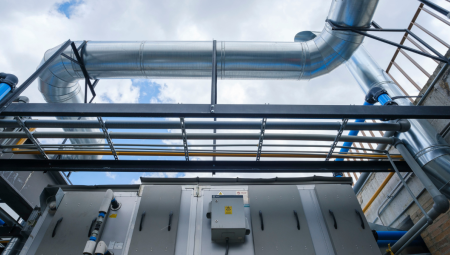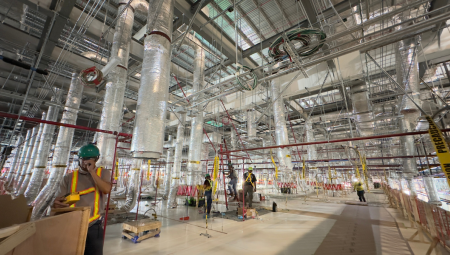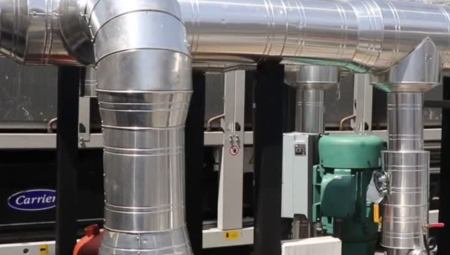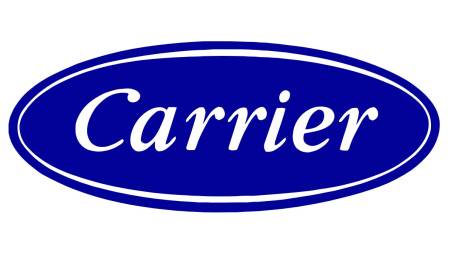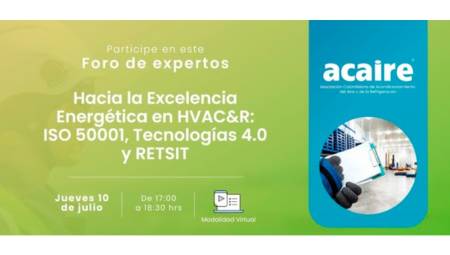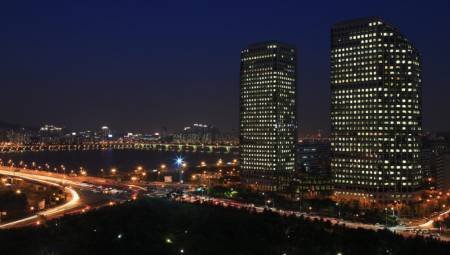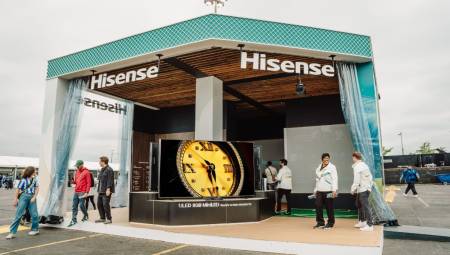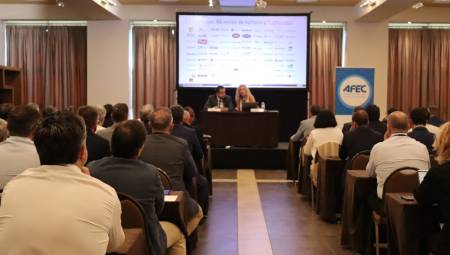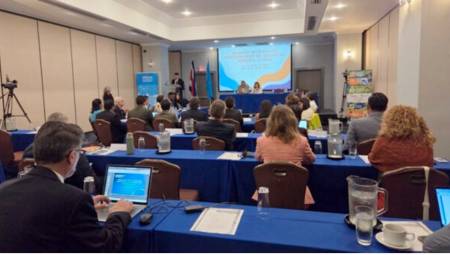International. In a context where data centers process increasing amounts of information, the challenge of dissipating the heat generated by servers has become a strategic priority.
Thermal management accounts for up to 40% of total energy consumption in these facilities, prompting operators to seek increasingly efficient and sustainable solutions.
"For us at Equinix, investment in liquid cooling technologies and the resources required for their implementation has been crucial to maintaining our leadership and innovation in the Data Center industry. We are convinced that energy efficiency, resource conservation and sustainability should be a priority in all companies," says Amet Novillo, CEO of Equinix Mexico.
Data center cooling systems are tailored to the specific needs of each infrastructure. Here's an overview of the top technologies currently in use:
1. Air cooling
It is the traditional method, similar to domestic air conditioning. Use fans to direct cool air into the electronics. Although it is still widely used, its efficiency is limited in the face of more advanced technologies.
2. Liquid Cooling
This booming system uses cooling fluids to dissipate heat more effectively. Its ability to transfer heat more efficiently than air allows for increased compute density without increasing physical space or energy consumption. Equinix has implemented custom solutions such as direct-to-chip cooling, designed for high-density hardware, enabling the continuous development of next-generation designs.
3. Building Cooling Systems
They include two approaches:
By air: they expel hot air from the environment.
By evaporation: they eliminate heat through water vapor. Although they consume less energy than air systems, they require more water use, so their application is carefully evaluated in water-scarce areas. In some cases, non-potable water is chosen so as not to affect human consumption supplies.
4. Heat exchangers
Essential devices for moving heat from server rooms to central building systems. Among the most common are CRAC (Computer Room Air Conditioner), CRAH (Computer Room Air Handler) and CDU (Coolant Distribution Unit) units.
5. Hot and cold aisles
This approach optimizes airflow by using physical barriers that separate the cold supply air from the hot return air. This avoids unnecessary cooling, which improves energy efficiency.
6. Heat Export
A practice aligned with the principles of circular economy. It consists of redirecting waste heat to external heating networks, transforming it into a useful source of energy. If it comes from centers operated with 100% renewable energy, such as Equinix's more than 235 IBX centers, the environmental impact is even lower.
7. Free Cooling
Take advantage of the external climate or natural cold water sources, such as deep lakes, to cool without the need for additional energy. It is a viable strategy in regions with favorable outdoor temperatures, requiring operational flexibility to adapt to climatic conditions.
According to the ASHRAE (American Society of Heating, Refrigerating and Air-Conditioning Engineers), the ideal temperature for business-class equipment should be kept between 18°C and 27°C. Most data centers operate near 22.22°C, an efficient midpoint within the recommended range. Raising the temperature by a few degrees, without putting equipment at risk, can result in significant energy savings.
In a scenario where the demand for processing continues to grow, cooling efficiency is not just a technical issue: it is an environmental and economic imperative for the future of digital infrastructure.




